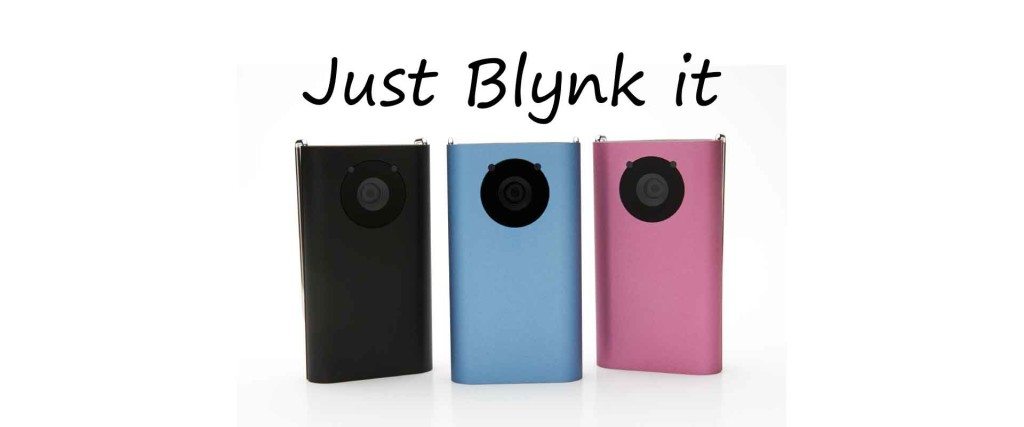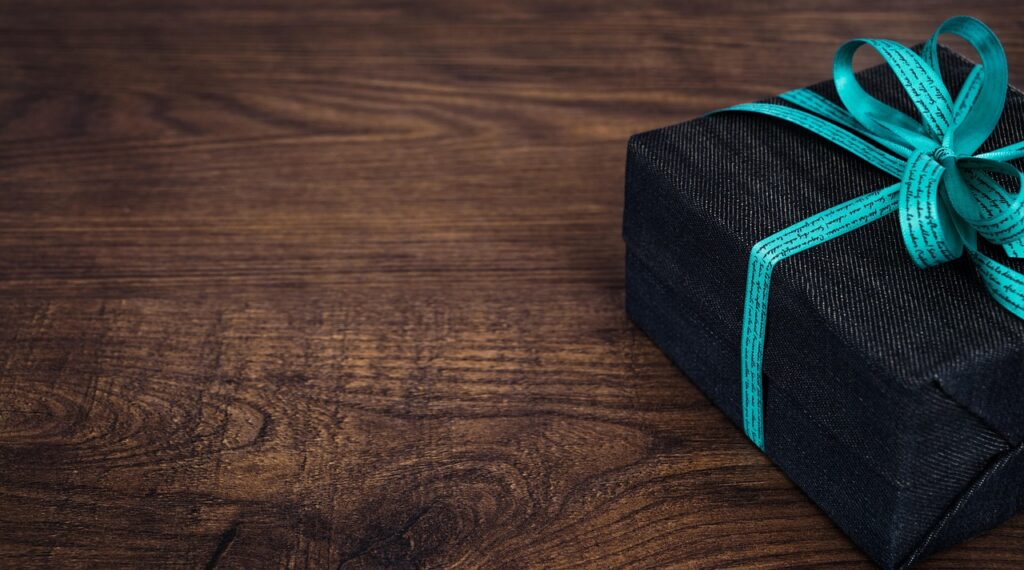The Blynk camera from LyfeShot is a small, simple device designed to do one thing: capture a series of time lapse photos. It fills that role adequately, but comes with a number of downsides that make it a questionable device to spend money on.
About the Blynk
The Blynk camera can be used in a variety of scenarios, but it has been designed to fill one unique scenario the best. The device is meant to be clipped on to the front of a shirt or jacket, and just surreptitiously capture a time lapse photographic record of your (or your subject’s) day.
The Blynk is 1.4 inches wide by 2.5 inches tall and half an inch thick. It weighs only 1.5 ounces, and the battery is capable of lasting anywhere from 16 to 60 hours depending on how you configure the time lapse capture settings.
The LyfeShot website describes a number of potential uses:
“Clip Blynk to your shirt pocket, press the “Start” button, and Blynk goes to work for you. Dieters can keep track of what they eat, and busy executives can record their day’s activities. Hikers and runners can share every step of the journey with their friends. Cyclists can attach Blynk to their handlebars and review the ride later. Motorists can do the same, recording a “through the windshield” view of their trip. Put it on a bookshelf and see what happens in the room when you’re not around. Want to know what your dog or cat does all day while you’re out? Want to know if it’s birds or squirrels you’re feeding at your bird feeder?”
It has a 640 x 480 resolution camera and 4GB of internal storage capacity. You connect the Blynk to a PC using a microUSB cable to access the software and settings using LyfeShot’s LyfeView software. You can configure the Blynk to capture photos at different intervals (one second, five seconds, etc), and you can choose white balance, compression, and lighting settings among other things.
You also connect the Blynk to a PC to view what you’ve captured. One of the nice things about the Blynk is that it doesn’t just present you with a collection of 5,000 images it captured while you were walking around. It automatically stitches them together in a seamless time lapse video presented in AVI format.
Camera and Screen
I used to have a 640 x 480 resolution camera. It was a Sony Mavica that stored photos on a 3.5-inch floppy disk, and I haven’t used that since around 2001. The iPhone 6 has an 8 megapixel camera. So, why does the Blynk have such a low-resolution camera?
The site FAQ explains:
“If Blynk produced 10 Mpixel images the movies would be so large they would be unmanageable. (We’ll ignore all the other limitations inherent with designing a 10 Mpixel time lapse camera that can store tens of thousands of images!) And if you did want to share 10 Mpixel movies on the Internet you would have to scale them down to a much smaller resolution to do so. We think that 640 x 480 is high enough resolution to see a lot of detail, and create file sizes that are very manageable.”
The FAQ doesn’t explain why the device doesn’t have a screen, though. I have some guesses. First, it would take up space and add size and weight to the device if LyfeShot wanted to incorporate a display. Second, a display consumes a lot of power so including one would significantly decrease the battery life of the unit.
My Experience
My kids found a number of monarch butterfly caterpillars on the milkweed in our backyard. Even under normal circumstances we probably would have brought one inside to watch the metamorphosis, but the weather was about to get nasty cold so we brought them all inside—all seven of them. My son diligently went out each day to acquire fresh milkweed leaves to keep them nourished, and then one by one they crawled to the top of the mesh enclosure and started to form chrysalises.
We wanted to make sure we caught the miraculous moments as the butterfly emerges so it was a perfect opportunity to test out the Blynk. I used the attachment Lyfeshot supplied for me that lets it stand on its own, and positioned the camera to point at the first chrysalis…I think.
With no screen on the device I couldn’t be sure I was pointing at the right spot, so I had to capture a test time lapse, remove the device, and take it downstairs to my PC to see what I had captured and whether I needed a different angle. Of course, when I took the Blynk back upstairs I couldn’t be absolutely sure I put it back in exactly the same spot, or made the correct adjustments to fix any issues I discovered. I just had to guesstimate and keep my fingers crossed.
I set up a Plan B to make sure I got what I needed. I propped an iPad in front of the butterflies and set it on time lapse video so I could at least see on the screen that I was filming what I wanted to capture.
The Blynk still had two distinct advantages. The iPad ran out of space for storing video much faster than the Blynk, and the Blynk’s battery could last significantly longer than the iPad’s.
In the end the iPad “won”. Half the time the Blynk ended up with grainy time lapse photos that were off target and didn’t quite capture the butterfly emerging, and the other half I got a corrupt file that wouldn’t open or play. I did however manage to catch one of the butterflies emerging from the chrysalis in a time lapse video on the iPad.
The Verdict
I already own a smartphone and a tablet, and there are apps out there that do a better job at time lapse photography. Lapse It Pro is an app available for both iOS and Android for only $2 that lets you use the front or rear-facing camera (either of which is most likely better quality than the Blynk camera), zoom, apply a variety of filters, and see what’s in the frame or review the time lapse right from the iPhone. So, for time lapse photography in general I’d say there are much better, and significantly cheaper alternatives.
As light as the iPhone is, it’s still at least three times heavier than the Blynk and there is no simple way to just clip or attach it to the front of my body. There are scenarios where a device like the Blynk might come in handy. The issues I ran into with getting my subject in frame and corrupt files, however, would still make me think twice before spending $130 on a Blynk.
To be fair, the Blynk pricing is not out of line with similar comparable devices. The Veho MUVI is $134 and the Brinno TLC200 is $130 as well. So it’s not a matter of Lyfeshot charging too much. It’s more a matter of there just not being a use case for the device that’s worth spending $130.
It’s an OK device with limited value. If it were half that price I’d say it would be worth considering, but I wouldn’t recommend buying one at $130.
Have you used the Blynk? What about similar time lapse capture devices? Have you used a GoPro? I’m curious what sorts of things people are capturing with devices like these, and if you’ve actually used a Blynk I’d love to hear your thoughts about the device in the comments below.
- AI Voice Clones and Mobile Phishing: The Cyber Threats You’re Not Ready For - July 11, 2025
- Rethinking Cloud Security for the Evolving Threat Landscape - July 11, 2025
- Why Data Security Is the Real AI Risk - June 30, 2025



